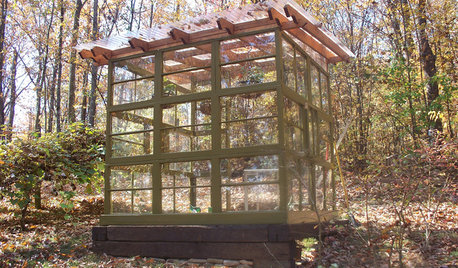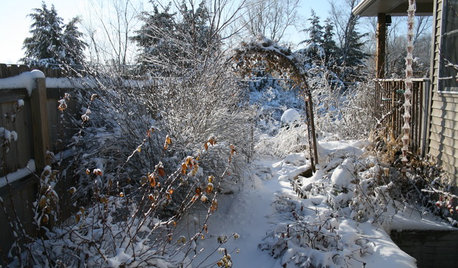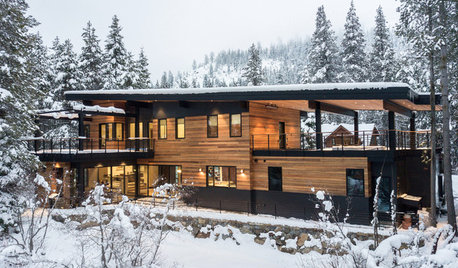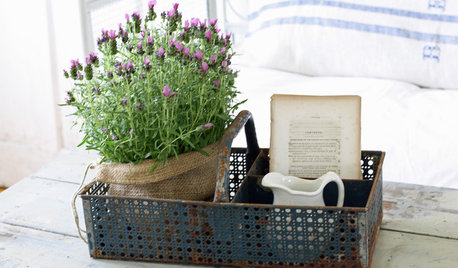Greenhouse Winter Temperature in Z6b?
achang89
18 years ago
Related Stories

GREEN BUILDINGInsulation Basics: Designing for Temperature Extremes in Any Season
Stay comfy during unpredictable weather — and prevent unexpected bills — by efficiently insulating and shading your home
Full Story
GARDENING AND LANDSCAPINGSee a Family Greenhouse Grown From Scraps
Can-do resourcefulness and less than $400 lead to a new 8- by 8-foot home for plants on a Tennessee family's property
Full Story
LIFE6 Ways to Beat the Winter Blahs
Snow and dark days dampening your spirits? These ideas will have you looking on the bright side
Full Story
MONTHLY HOME CHECKLISTSYour Winter Home Maintenance Checklist
Keep your home and yard safe and running smoothly as temperatures drop and activity moves indoors
Full Story
GARDENING GUIDESGreat Design Plant: Kumquats for a Juiced-Up Winter
Grow it for the edible fruit or its good looks alone. This citrus cousin will brighten any gray winter day
Full Story
LIFEHard Winter? 9 Ways to Battle Cabin Fever
We know a lot of you are trapped where it just won’t stop snowing. Here are some ways to survive
Full Story
HOUSEPLANTSOutsmart Winter — Make Houseplants of Your Garden Growers
No need to watch Jack Frost play Wreck the Rosemary. Bring your garden inside for the winter, using containers and these guidelines
Full Story
HOUSEPLANTSIndoor Winter Gardens for Cheerier Days
Bring plants inside for drab-days mood boosting — not to mention cleaner indoor air and protection for your greenery
Full Story
GARDENING FOR BIRDSFeed the Birds: 6 Plants for Abundant Winter Berries
Be kind to your fair feathered friends during lean food times by planting a shrub or tree loaded with nutritious snacks
Full Story
WINTER GARDENINGExtend Your Growing Season With a Cold Frame in the Garden
If the sun's shining, it might be time to sow seeds under glass to transplant or harvest
Full Story






weebus
achang89Original Author
Related Professionals
Holly Springs Landscape Architects & Landscape Designers · Deer Park Landscape Architects & Landscape Designers · Port Royal Landscape Architects & Landscape Designers · Rancho Cordova Landscape Architects & Landscape Designers · Wakefield Landscape Contractors · Chesapeake Ranch Estates Landscape Contractors · Fountain Valley Landscape Contractors · Middletown Landscape Contractors · New Cassel Landscape Contractors · Oak Harbor Landscape Contractors · West Allis Landscape Contractors · San Pablo Landscape Contractors · Rosemount Solar Energy Systems · East Hanover Solar Energy Systems · Irvington Solar Energy Systemsweebus
cottagefarmer
weebus
achang89Original Author
agardenstateof_mind
mylu
achang89Original Author
User
agardenstateof_mind
weebus
agardenstateof_mind
weebus
chris_in_iowa
agardenstateof_mind
poppa
agardenstateof_mind
User
mylu
franktank232